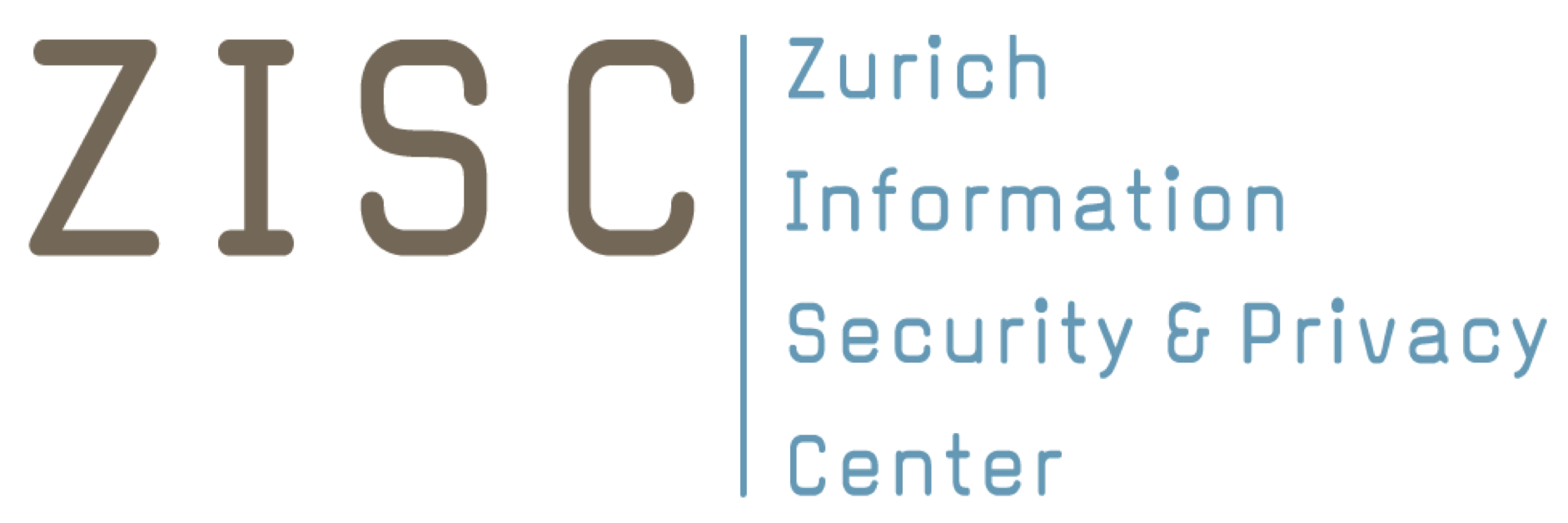Design for Digital Cash nominated for ETH Spark Award
Decentralized Cryptocurrencies such as Bitcoin or Ether have become popular over the last few years, a development that has not gone unnoticed by central banks. Due to this popularity, as well as the increasing digitalization of payments and the constantly reducing role of cash in society, central banks around the world are increasingly interested in
